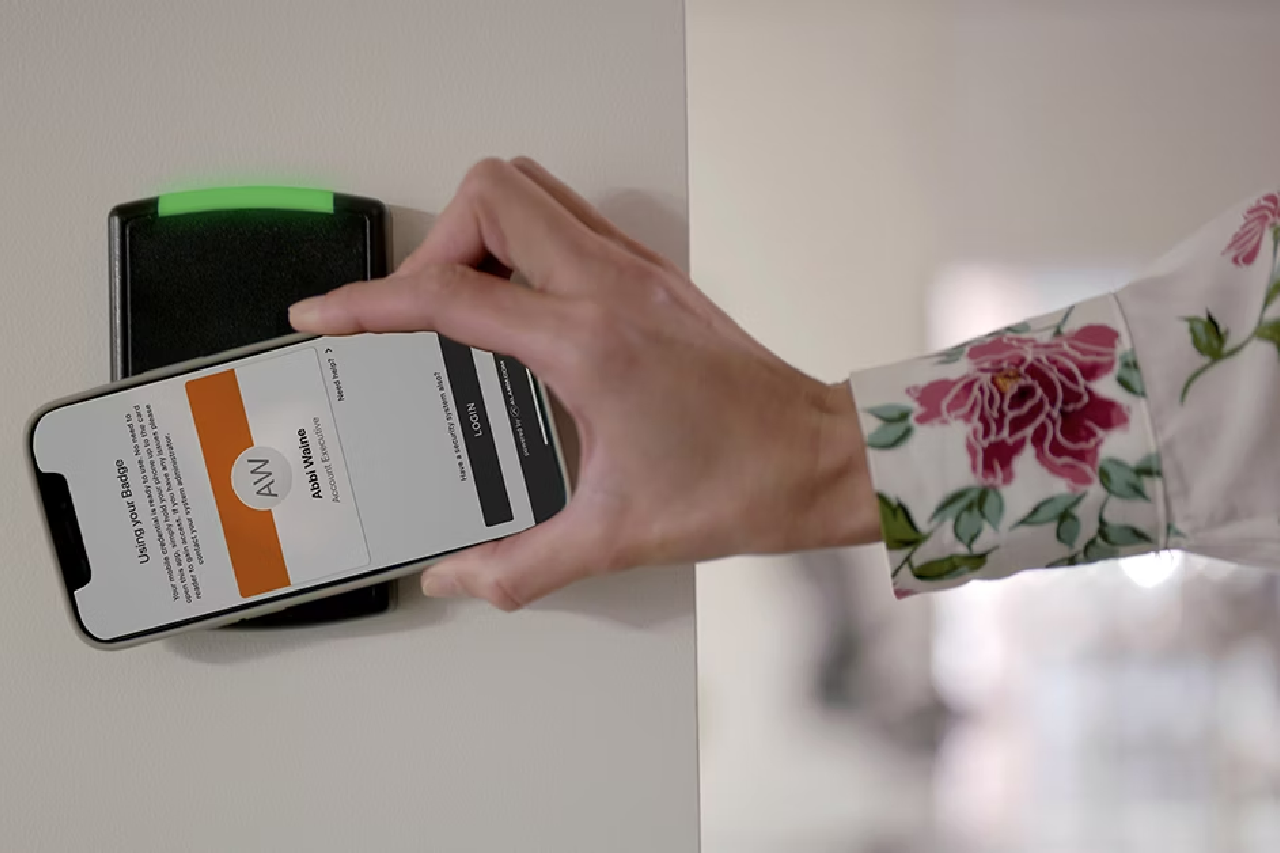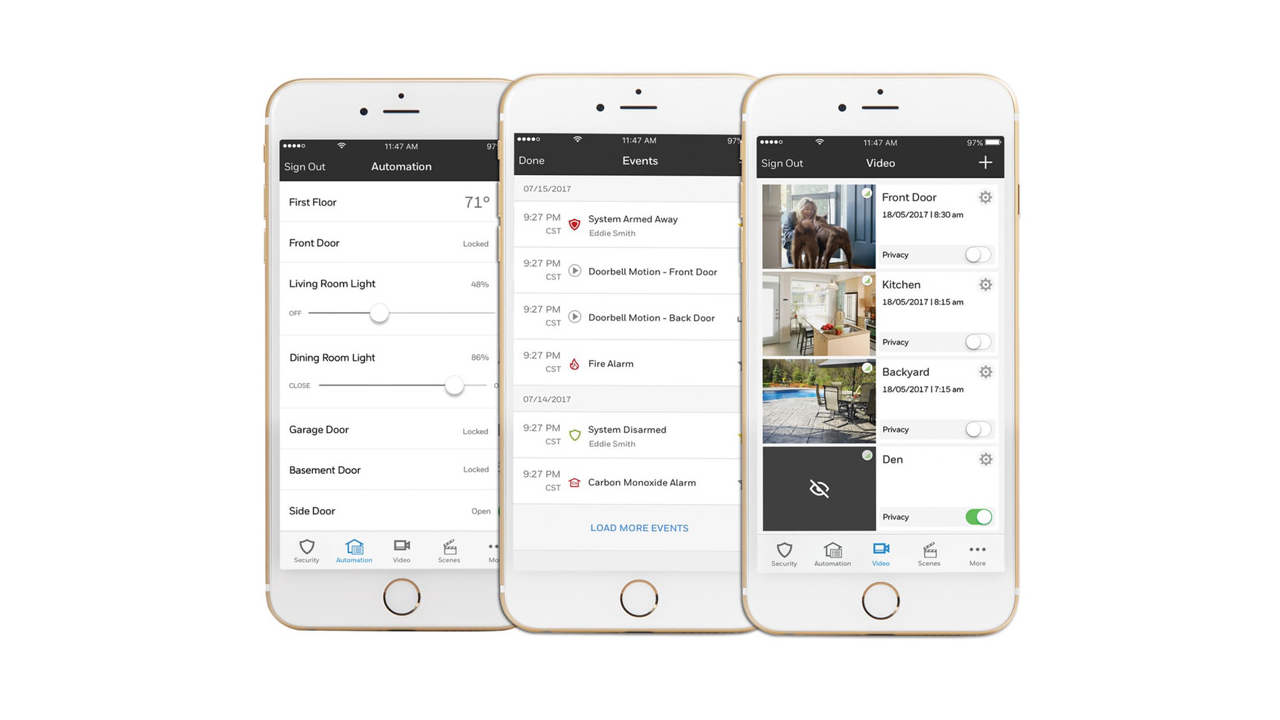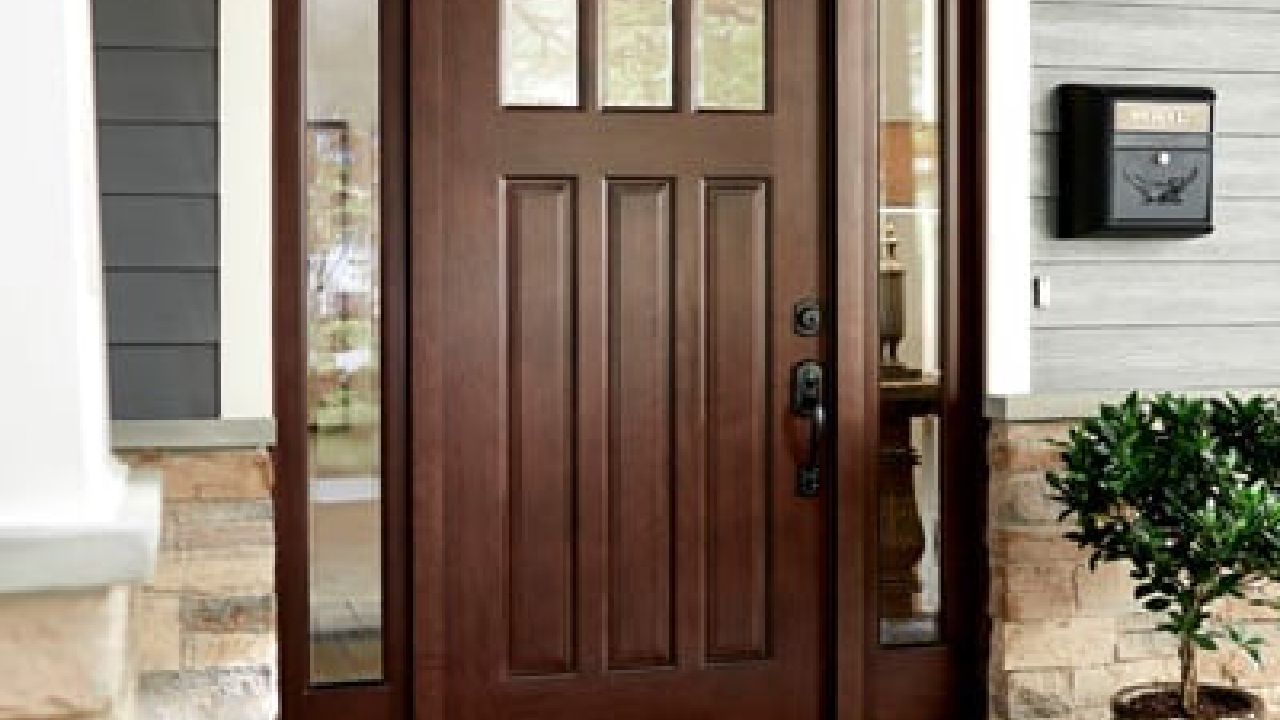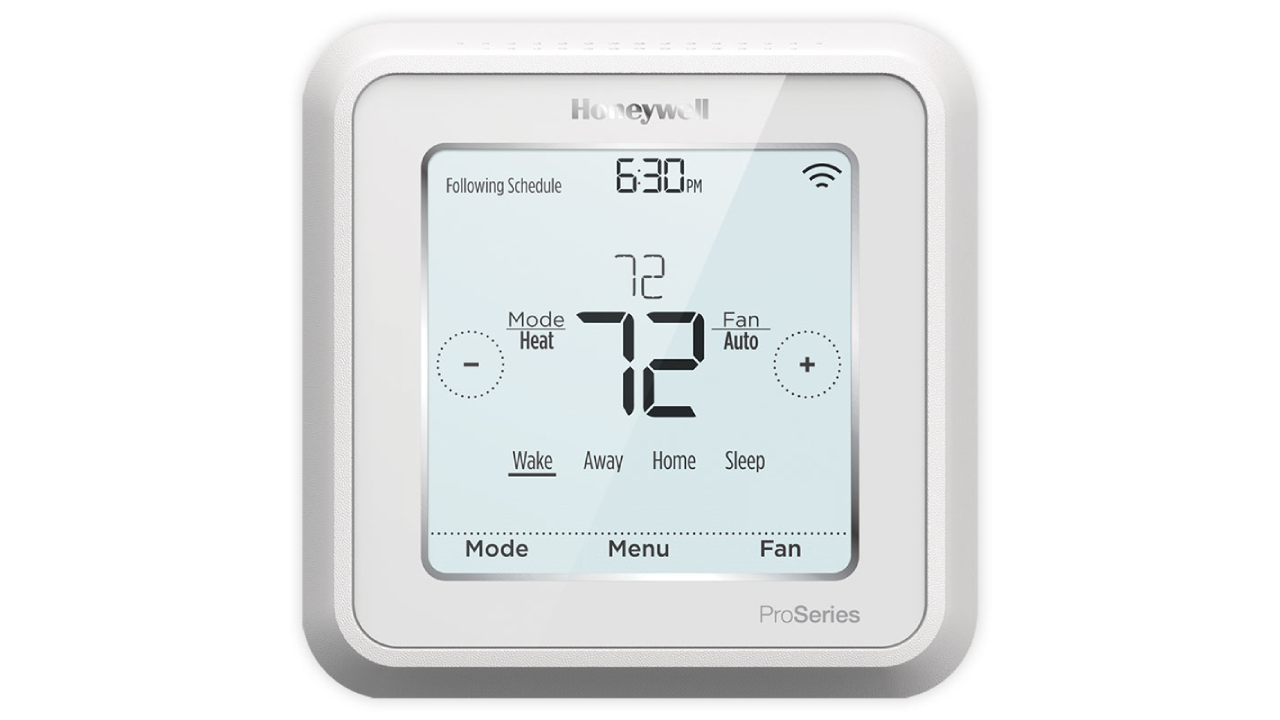Last Updated on March 4, 2022 by Alarm New England
Carbon monoxide (CO) is a dangerous gas that can be found inside your home. The scary thing about carbon dioxide is that it is odorless, tasteless and colorless, which means it cannot be detected by the human senses.
CO is created by the incomplete combustion of fuels and when exposed, the CO molecules will displace the oxygen in your body and lead to poisoning. It’s not just a hazard to your health; carbon monoxide is deadly.
Why Carbon Monoxide is Dangerous
Since we cannot see, taste or smell carbon monoxide, it is impossible to know you are inhaling it until you begin to become ill. The symptoms of CO poisoning are similar to those of the flu, so you may just think you’re sick with a virus rather than suffering from CO poisoning.
The Center for Disease Control (CDC) estimates that around 400 people in the US fall victim to CO poisoning and die every year. It is vital that CO detectors be installed inside your home alongside home security systems and smoke detectors in order to protect yourself and your family.
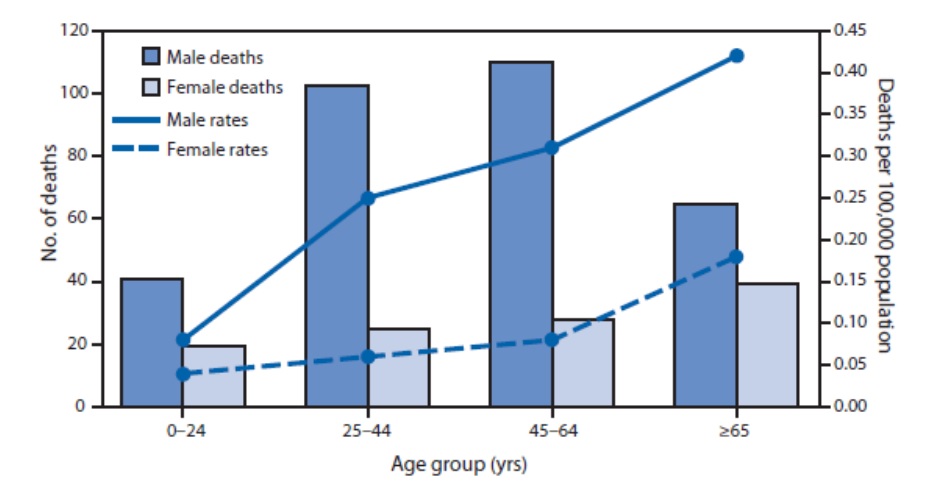
(Source: CDC)
Common Sources of Carbon Monoxide Poisoning
Carbon monoxide is created whenever a material is burned. So, homes with fuel burning appliances such as stoves, ovens, and heaters are more likely to be at risk for CO issues and exposure.
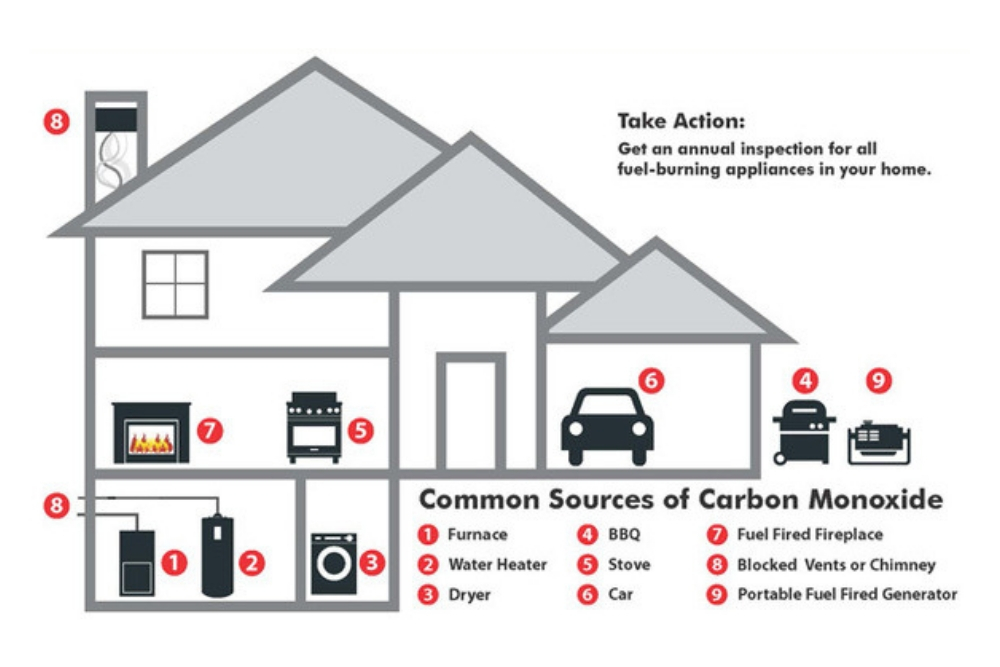
Some of the most common sources of CO in our homes include:
- Gas space heaters
- Furnaces and chimneys
- Clothes dryers
- Water heaters
- Gas stoves
- Generators
- Ovens
- Motor vehicles, especially if parked in an attached garage
- Tobacco smoke
- Grills
- Power tools and lawn equipment
With so many sources of carbon monoxide in or near the home, it’s crucial that you know what steps to take to prevent carbon monoxide poisoning.
What are Safe Carbon Monoxide Levels?
The general rule is the CO levels inside should not exceed CO levels outside. Depending on where you live, the outside CO levels will differ. Typically, outdoor CO levels are lower in rural areas and are higher in more urban areas due to higher population density and heavier traffic.
The federal standard for CO in outdoor air is 9 parts per million. If CO levels inside your home are higher than the outside air, this could indicate a problem inside your home and you should address this problem immediately.
Preventing Carbon Monoxide Poisoning
Since CO poisoning is preventable, it is important to know and understand how to protect your family against its deadly fumes.
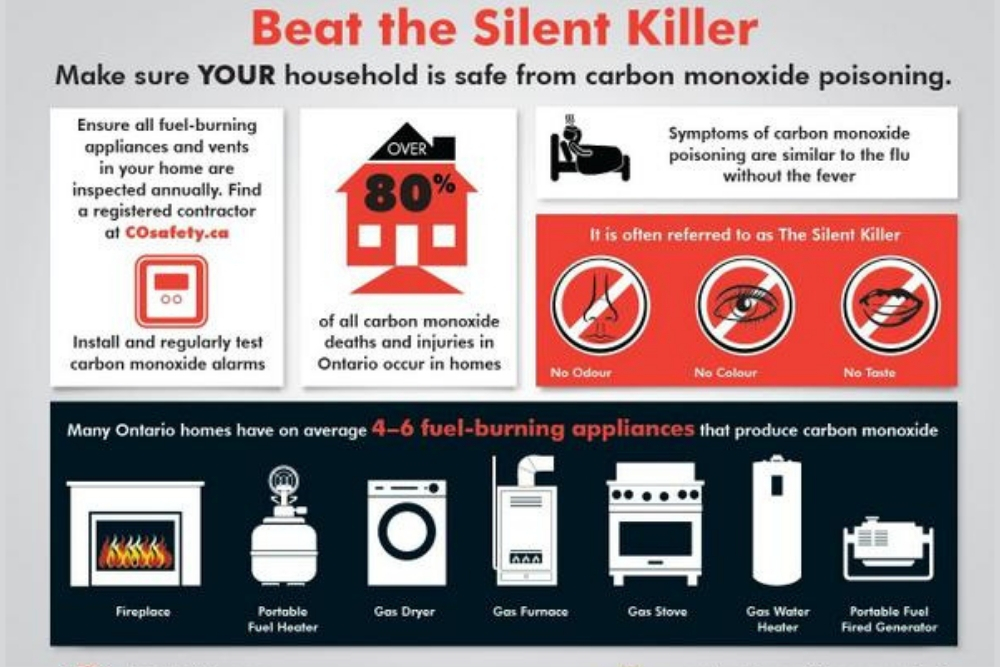
Proper Ventilation
Find out which appliances in your home are fuel-burning and to make sure that they are vented and maintained properly.
Additionally, you should have all these appliances checked by a certified professional on a yearly basis to ensure that they are functioning correctly. It is also wise to know the warning signs to check for yourself. If you experience any of the following, contact a professional right away:
- Fallen soot in your fireplace
- Lack of an upward draft in your chimney
- Excess moisture on windows and walls
- Discolored or damaged bricks at the top of your chimney
These can all indicate that your fuel-burning appliance has issues and that you need to call a professional contractor right away.
A frequent culprit of major CO emissions is your car. It can be tempting to start your vehicle inside your garage, especially in the winter time, to warm it up before heading out.
If your garage is attached to your home, do not leave the car running while inside your garage. Back your vehicle out of the garage if it is running to avoid CO gas from entering your home.
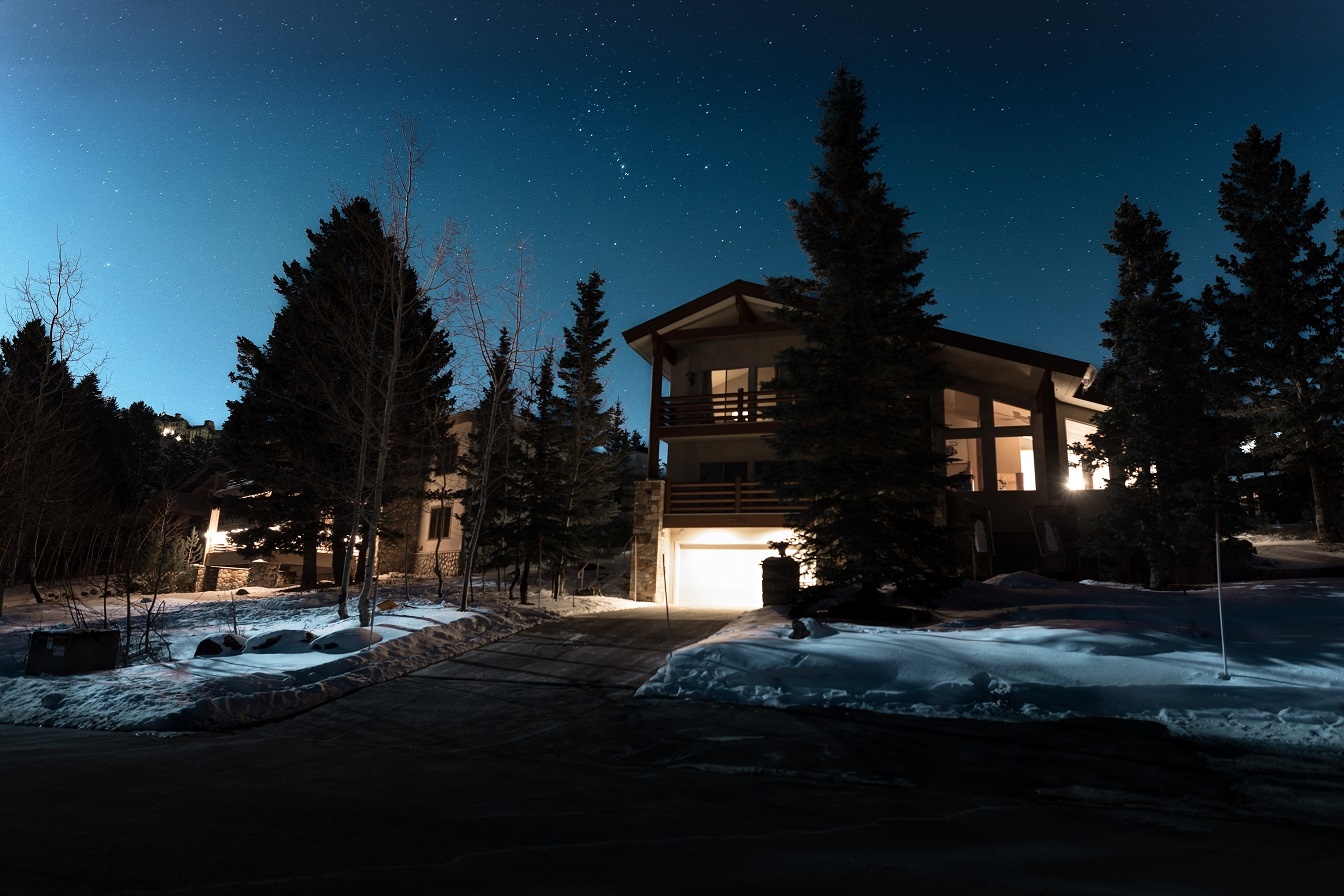
It is also important to make sure that your tailpipe is not blocked or obstructed in any way. An obstructed tailpipe will result in CO entering the interior of the car and this could be life-threatening.
Install a Carbon Monoxide Detector
The number one thing that you can do to prevent dangerous carbon monoxide poisoning is to install and maintain properly functioning CO detectors in your home. Carbon monoxide detectors are an essential part of any home security system, along with fire protection devices like smoke detectors.
Check your state laws to see what their specific regulations are regarding where and how many CO detectors need to be placed in your home to keep you safe.
You should regularly test your carbon monoxide detectors to make sure they work correctly and plan to replace the batteries at least twice a year. Set a reminder on your calendar if you think you won’t remember.
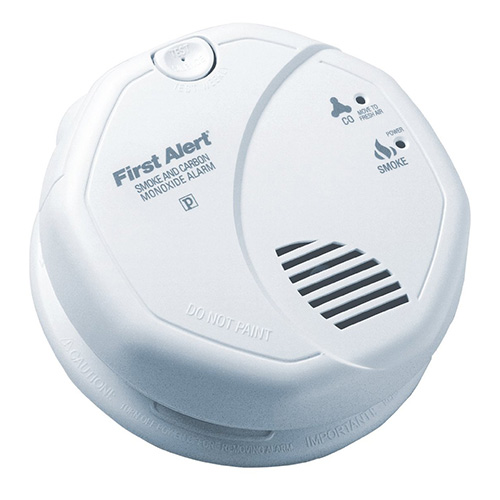
CO detectors typically last for between five and seven years, after which you will want to replace them for optimal performance and that your equipment is up to date with the highest safety standards.
Carbon Monoxide Poisoning Symptoms
Although it is difficult to tell if you are being affected by high levels of CO, it is important to know and understand the symptoms to prevent serious complications and even death.
CO poisoning has been dubbed the “silent killer” because of how difficult it is to detect. Typically, the first indication of CO poisoning is a headache and mild shortness of breath, especially when doing something that requires physical exertion. As exposure continues, your symptoms will increase in intensity; severe headaches, fatigue, nausea and dizziness will ensue.
Overtime, your symptoms related to CO exposure will progress to a stage of confusion, impaired judgment and finally a loss of consciousness.
How to Discern CO Poisoning from the Flu
- Everyone who lives in the home is sick at the same time
- Your symptoms subside when you are away from home
- Your pets are beginning to feel ill as well
- You are not feeling the common body aches and fever that typically come with the flu
If any of the above apply to you, there is a good chance that CO poisoning is the culprit and not the flu.
If you recognize any of these risk factors, it is important that you leave your home as soon as possible and call a professional to get the problem resolved before re-entering your home.
What to do if your Carbon Monoxide Detector goes off
Never ignore a CO detector when it goes off.
- Turn off all appliances.
- Open as many doors and windows as you can
- Leave your home immediately and call 911 or your local fire department.
If no one is reporting feeling ill, but the alarm is going off, it is a good idea to call your local gas company or a certified technician to come to check on things.


